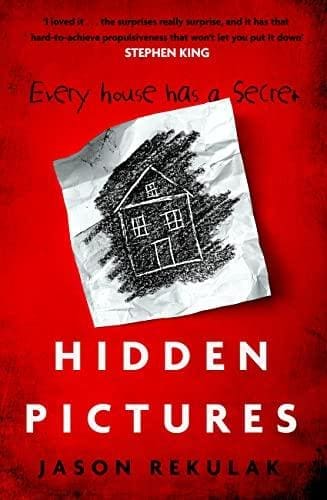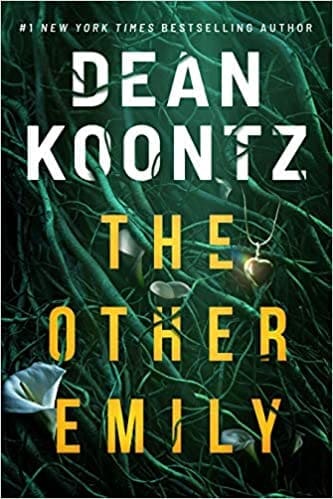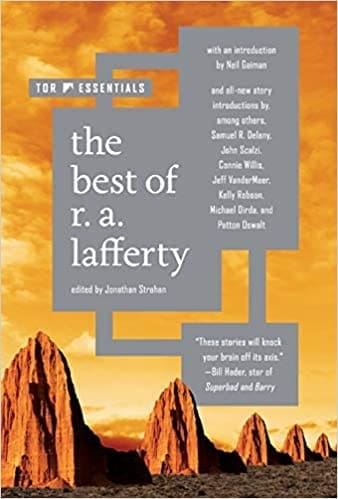Lafferty’s newest short story collection includes introductions by other notable science fiction writers, such as: Neil Gaiman, Samuel R. Delany, John Scalzi, and others.
Raphael Aloysius Lafferty, from Tulsa Oklahoma, was known as the Bard of Tulsa. He worked as an electrical engineer, and his friends called him Ray. Upon retiring at 45 years old, he became a professional writer. A Catholic and an alcoholic, Ray says, “When I was younger I got a lot of pleasure and companionship out of drinking, but probably no creative impetus. Drinking has influenced my writing all in the wrong direction.”
“Day of the Glacier,” (sadly, not included in this anthology) was Lafferty’s first published science fiction story. He was 46 years old. “It didn’t put me on easy street, but it put me on easy alley,” said Lafferty of his writing. “I was moderately successful.” Lafferty is what I would call a foundation writer. An influence on more famous writers but not a household name like Rodenberry, Asimov, or Gaiman. His works draw from Irish and Native American tales to the writings of St. Theresa.
Lafferty’s distinctive style — he loves proper names and alliteration. Basil Bagelbaker, Maxwell Mouser, Willy McGilly, and Arpad Arkabaranan are but a few tongue twisters encountered in these stories. Lafferty employs tall telling, using deadpan humor and adding the surreal. Consider this passage from the “Narrow Valley.”
“He’s getting better at it, Mr. Dublin,” Mary Mabel said. “He was a twin till last week. His twins name was Skinny. Mamma left Skinny unguarded while she was tippling, and there were wild dogs in the neighborhood. When Mama got back, do you know what was left of Skinny? Two neck bones and an ankle bone. That was all.”
“Poor Skinny,” Dublin said, “Well, Rampart, this is the fence and the end of my land. Yours is just beyond.”
“Is that ditch on my land?” Rampart asked.
“That ditch is your land.”
One thing I like about a book like this — it satisfies my itch for science fiction stories, and my writer’s itch. I love books that include the authors thought process, commentary, and in this case why and how these stories influenced them on their writing journey. This anthology also contains Lafferty’s Hugo winning story “Eurema’s Dam.”
Terry Bison said, “For Lafferty is that most tender. wretched, and essential of creatures, the writers’ writer: celebrated by, beloved of, but mostly visible only to his own proud, primitive tribe.” I would encourage you to add The best of r.a. lafferty to your collection.
I give this book 4 out of 5
 7 Books Every Writer Should Read about the Craft
7 Books Every Writer Should Read about the Craft
 7 Books Every Writer Should Read about the Craft
7 Books Every Writer Should Read about the Craft


 As an author, you never stop looking for inspiration and knowledge on the craft of writing.
As an author, you never stop looking for inspiration and knowledge on the craft of writing. 











